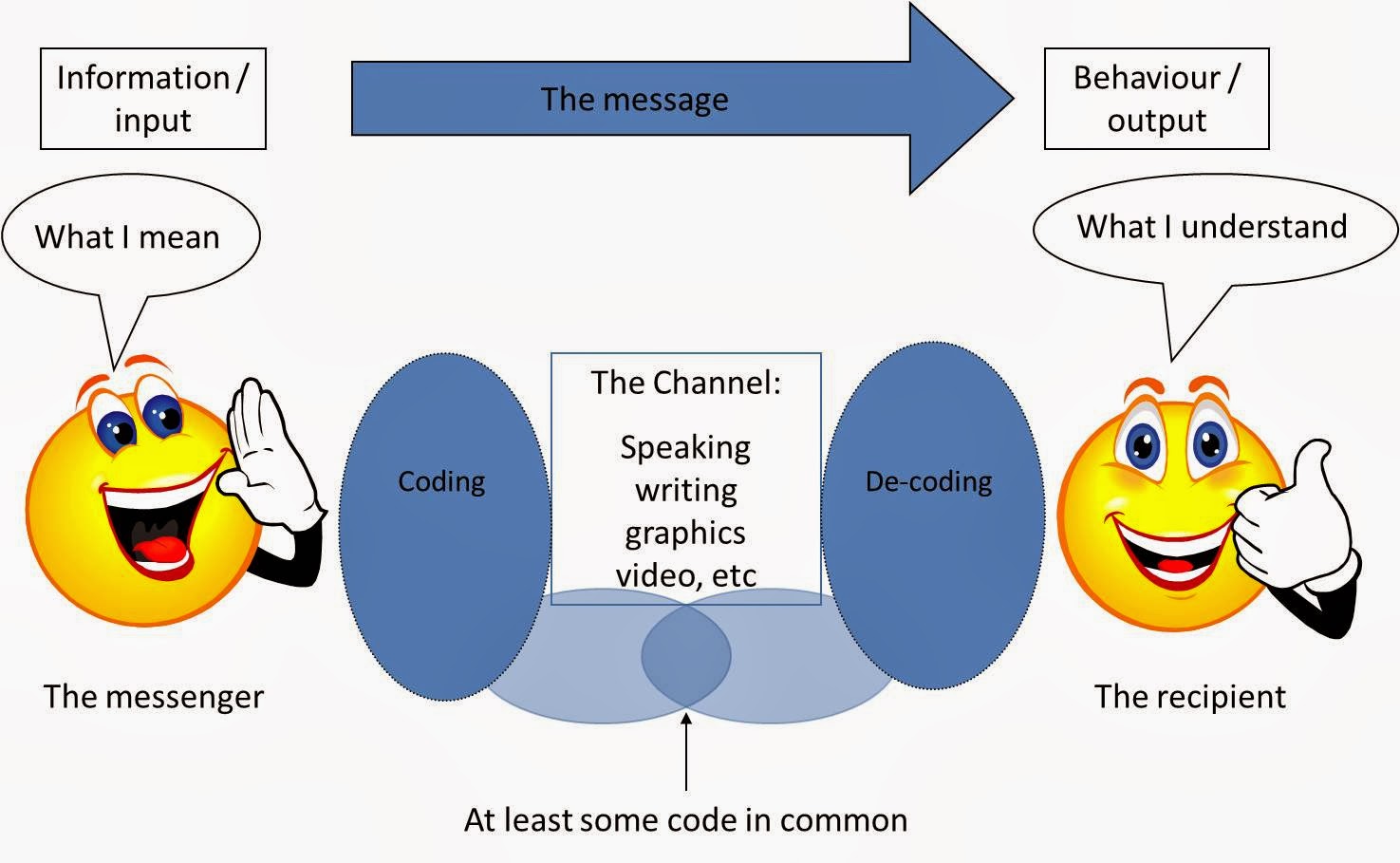Step-by-Step Process of Motivating the Unmotivated
Motivating unmotivated people can be challenging but is often achievable with a thoughtful, structured approach. Here's a step-by-step process, along with examples:
- Understand Their Perspective: Start by empathizing and understanding their lack of motivation. Engage in open dialogue to discover their interests, challenges, and any underlying issues causing their lack of motivation. Example: A manager notices an employee's declining performance. Instead of immediately reprimanding them, the manager schedules a one-on-one meeting to understand the employee's perspective and any personal or professional challenges they might be facing.
Set Clear, Achievable Goals:
Help them set specific, achievable, and relevant goals. Smaller, short-term goals can be more effective in building momentum than larger, long-term goals. Example: A teacher working with a disinterested student might set a goal of completing one small assignment a day, gradually increasing the workload as the student shows more engagement.Provide Meaning and Relevance:
Connect tasks and goals to their interests or show how these tasks are relevant to their personal or career aspirations. Example: If an employee is unmotivated due to repetitive tasks, the manager can explain how these tasks contribute to the bigger picture, highlighting their importance and relevance.Offer Support and Resources:
Provide the necessary resources, training, or guidance. Sometimes, lack of motivation stems from feeling overwhelmed or ill-equipped. Example: Offering mentorship or additional training to an employee who feels underqualified for their responsibilities can enhance confidence and motivation.Create a Positive Environment:
Foster a supportive and positive environment. Recognition and appreciation can be powerful motivators. Example: Implementing a system of recognition and rewards in a workplace or classroom can motivate individuals by acknowledging their efforts and achievements.Encourage Autonomy and Empowerment:
Give them some control over how they complete tasks. Autonomy can be a powerful motivator. Example: Allowing employees to have a say in their project timelines or methods can increase their investment and motivation.Use Positive Reinforcement:
Reinforce positive behaviour with praise, recognition, or rewards. This can encourage a continuation of the desired behaviour. Example: A parent praising a child for completing homework on time can reinforce positive study habits.Monitor Progress and Provide Feedback:
Regularly check in on their progress and offer constructive feedback. Celebrate small successes to build confidence. Example: A fitness coach regularly checks in with a client, celebrating milestones like improved endurance or strength, and providing encouragement and feedback.Adjust Strategies as Needed:
Be willing to adjust your approach based on what is or isn’t working. Flexibility is key in finding what best motivates an individual. Example: If a student is not motivated by grades, a teacher might try connecting the material to the student’s personal interests or current events.Encourage Self-Reflection:
Encourage them to reflect on their own motivations and goals. Self-motivation is often the most powerful form. Example: A career counsellor might ask a client to reflect on their career aspirations and what they enjoy most in their current role to build a more satisfying career path.
.png)


Comments
Post a Comment